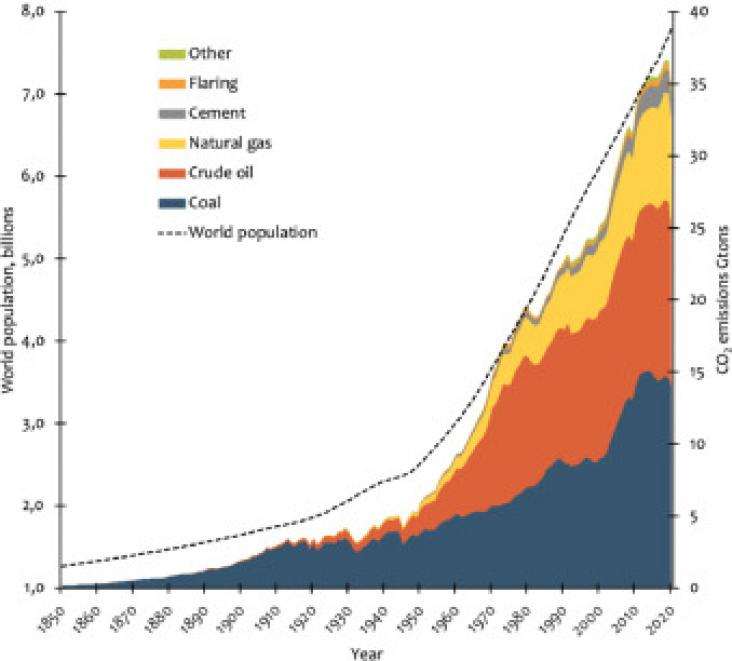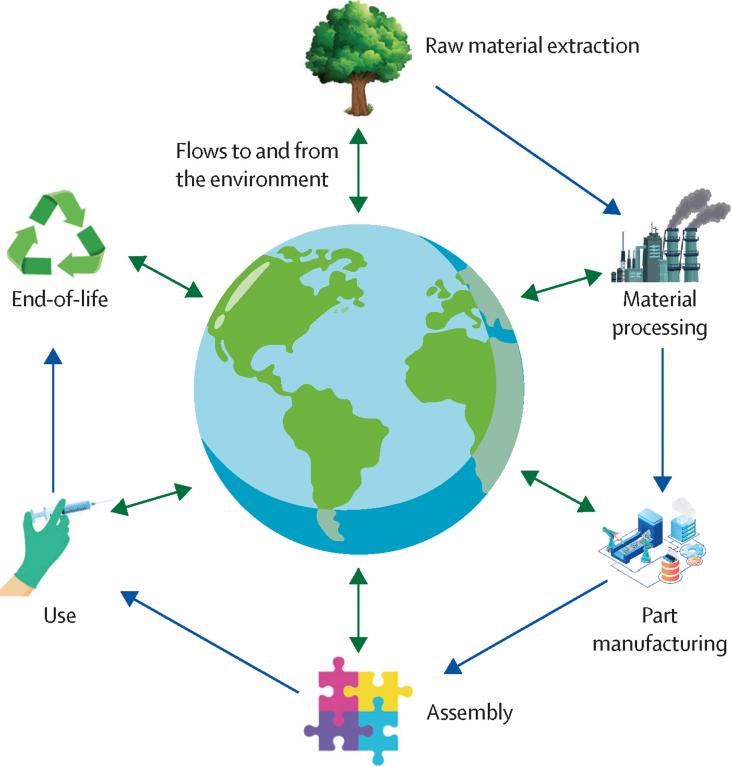
The articles supports SDG 13 and gives a realistic look at CO2 emissions, average temperature increases, and the role of developing and implementing sustainable technologies in solving the climate problems
In this article, the authors used an Energy Transition Index to characterize the city-level energy transitions from energy system performance and transition readiness dimensions for 282 cities in China. They estimate that China’s energy and carbon intensity could decrease by 34% and 32%, respectively, and that carbon per capita could fall by 17% if each city modestly follows the sustainable development path forged by the best performing cities with similar economic structures.
The article discusses the urgent need for alternative food sources due to growing food security challenges exacerbated by overpopulation, pandemics, political conflicts, and climate change. Microalgae are highlighted as promising alternative protein sources due to their high protein content, essential amino acids, and environmental benefits. However, challenges like cultivation costs, protein extraction, and sensory qualities need to be addressed. The article advocates for the use of systems biology and artificial intelligence (AI) to optimize the growth and protein yield of microalgae, leveraging omics data and computational models for improved outcomes.
This study aimed to to examine the associations between dietary nutrient density and climate impact and MI and stroke HRs, thereby investigating the co-benefits and trade-offs between nutrition, dietary climate impact, and cardiovascular health, within a population-based prospective cohort in northern Sweden. Importantly, the results indicate an association between lower dietary climate impact and higher MI HRs for men, both when nutrient density was below median values and when nutrient density was not considered. For women, there was no significant association between dietary climate impact and MI HR, although a trend similar to that for men was noted when nutrient density was below median values. Furthermore, no association between nutrient density and MI or stroke HRs was observed, except for a protective effect against stroke among women with higher nutrient density when nutrient density was analyzed without considering climate impact.
This article supports SDGs 13, 15 and SDG 11 by exploring the utilization of soil microbe based desertification management practices and highlighting emerging technologies in the field. It discusses the policy implications and strategies that can support
Geopolitical applications of negative emissions and solar geoengineering technologies.
This article advances SDG # 3, 5, 7, 10, 11, and 13 by measuring the strong relationship between air pollution and adverse pregnancy outcomes including low birth weight and preterm birth. It shows that fossil-fuel based pollution has serious health consequences, mitigation of which could have immediate health benefits, particularly in high-pollution environments. T
This research aims to analyze and compare the farmers' knowledge, perceptions, and adaptation efforts in the downstream and upstream irrigation areas of the Bulukumba Regency, South Sulawesi Province, Indonesia.
This Article supports SDGs 3 and 13 by comparing the costs of implementing climate change mitigation policies with the economic benefits of avoiding heat-related labour productivity loss through climate change mitagation. The authors find that a substantial proportion (51.8%) of the costs of climate change mitigation would be offset by the economic benefits gained from avoiding labour productivity losses. There were geographical variation, with the benefits exceeding the costs in southeast Asia, Brazil, and Mexico.

This Personal View supports SDGs 3 and 13 by assessing how to integrate carbon emissions into health technology assessments and discusses how international effort will be required to ensure that the carbon footprints of commonly used health-care products are freely available.
